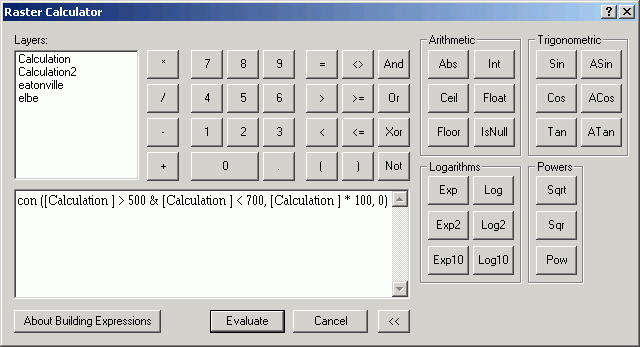
COPY RASTER IN R DOWNLOAD

6.2.3 Approach 1: parallelize over polygons and do regular loop over year-month.5.3.2 Polygons: exact_extract(), terra::extract(), and raster::extract().5.3.1 Points: terra::extract() and raster::extract().5.2.4 Extracting to Polygons ( exactextractr way).5.2.3 Extracting to Polygons ( terra way).5.2.1 Simple visual illustrations of raster data extraction.5.2 Extracting Values from Raster Layers for Vector Data.5 Spatial Interactions of Vector and Raster Data.4.4 Turning a raster object into a ame.4.3 Extract information from raster data object.4.1.3 Converting a SpatRaster object to a Raster \(^*\) object.4.1.1 raster package: RasterLayer, RasterStack, and RasterBrick.3.4 Spatial Intersection (cropping join).3.3.3 Case 3: polygons (target) vs polygons (source).3.3.2 Case 2: polygons (target) vs points (source).3.3.1 Case 1: points (target) vs polygons (source).3.2.5 Subsetting to a geographic extent (bounding box).3.2.4 polygons (source) vs points (target).3.2.3 lines (source) vs polygons (target).3.2.2 points (source) vs polygons (target).3.2.1 polygons (source) vs polygons (target).

3 Spatial Interactions of Vector Data: Subsetting and Joining.2.9 Non-interactive geometrical operations.2.6 Turning a ame of points into an sf.2.5 Quick and interactive view of an sf object.2.4 Projection with a different Coordinate Reference Systems.2.2.2 Create simple feature geometry list-column ( sfc) and simple feature ( sf) from scratch.2.2 Simple feature geometry, simple feature geometry list-column, and simple feature.1.5 Demonstration 5: Groundwater use for agricultural irrigation.1.4 Demonstration 4: The Impact of Railroad Presence on Corn Planted Acreage.1.3 Demonstration 3: Land Use and Weather.1.2 Demonstration 2: Precision Agriculture.1.1 Demonstration 1: The impact of groundwater pumping on depth to water table.How is this book different from other online books and resources?.


 0 kommentar(er)
0 kommentar(er)
